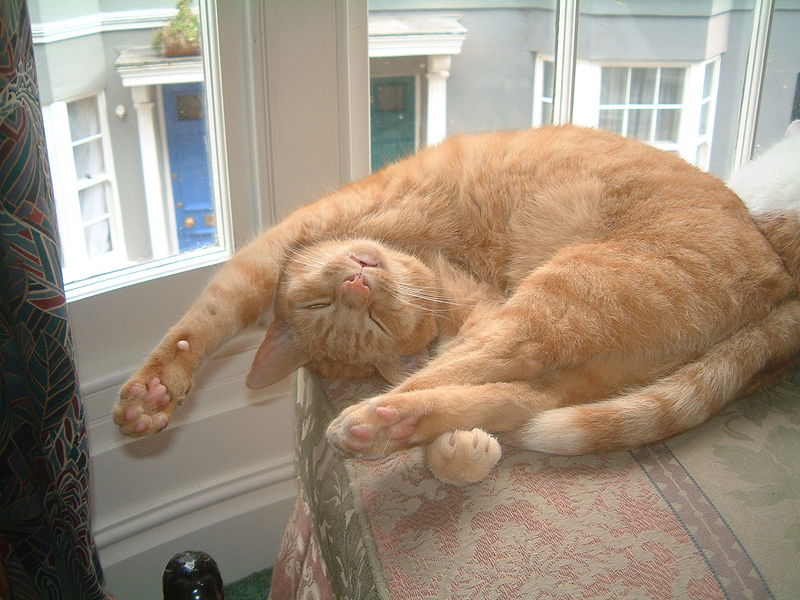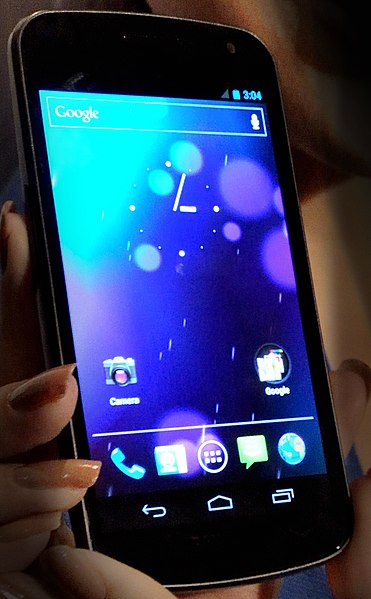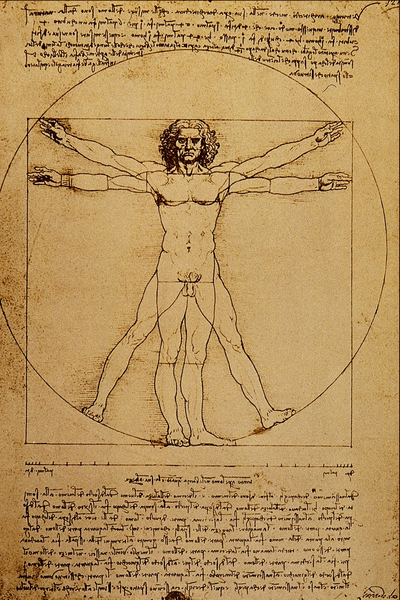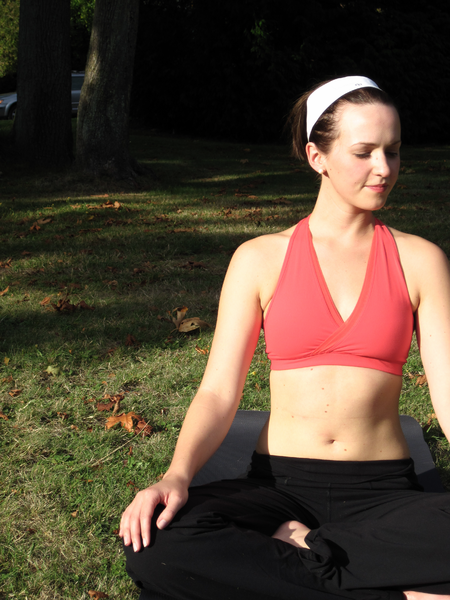Spit, Don't Rinse
If your parents took you to the dentist as a kid, you might remember getting fluoride treatments. The dentist would fill a mouth guard with foam, fit it around your teeth, and then leave you alone with a suction hose in your mouth. You'd then sit there, alone, trying to keep your face from imploding.
 |
| Not after that hose is done with you... |
So, what should you do after brushing? Spit whatever toothpaste is left in your mouth into the sink, but leave the remaining toothpaste that is on your teeth. Then, avoid eating or drinking for 30 minutes. It'll feel really weird, like your teeth are fuzzy, but it's the proper way to brush. It took me a few weeks to get used to it.
Other Brushing Tips
When brushing with a manual toothbrush, tilt the bristles toward the gum-line and brush slowly. This has two benefits: 1) it'll help you get rid of tartar, and 2) it'll keep you from having a painful scraping the next time you go to the dentist.
Also, be sure you're not brushing too hard. If you're brushing with your fist wrapped around the toothbrush, you're likely using too much force. Over time, this can damage your gums. To see how much force you need, hold the toothbrush only between your thumb and forefinger like you're giving the "Okay" sign.
However much force you can manage holding a toothbrush like this is about how much force you should use while brushing. Plus, it makes you look like a fancy-pants French aristocrat while you're in the bathroom.





.jpg)



.jpg)







